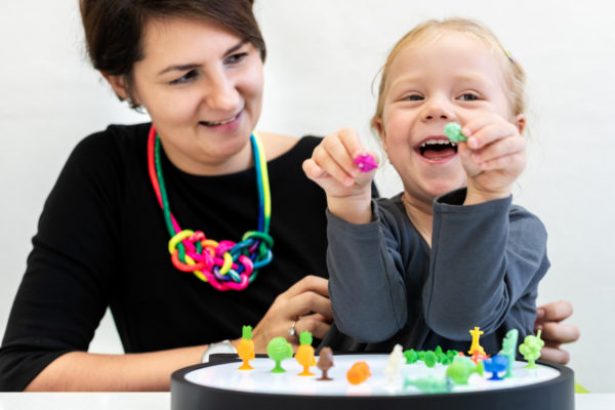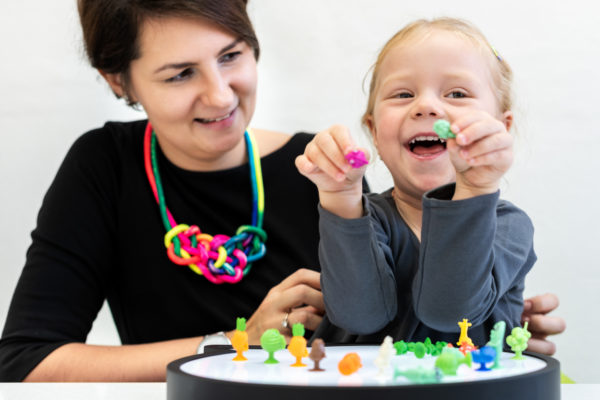The work of Occupational Therapists is surprisingly diverse, offering services to everyone from infants to the elderly. Here, we take a look at two practical ways that Mable clients can work with OTs as part of their support team.
According to Occupational Therapy Australia, “Occupational therapists use a whole person perspective to work with individuals, groups and communities to achieve optimal health and wellbeing through participation in the occupations of life.” Despite the name, ‘occupation’ in this instance is not necessarily related to a job, but rather describes the everyday things we do in our lives, the activities that are meaningful to us or that help us to engage with society.
Often, people will be working with an OT as part of a larger team of health professionals. The work of an OT can be extremely broad – encompassing work with clients with brain injury, to people who have suffered strokes, children with developmental delay to those managing chronic illnesses. Here, we take a look at two areas in which OTs can contribute as part of your home support team.
Occupational Therapy to create safe sensory spaces for your kids
When it comes to working with kids, an Occupational Therapist’s job is often all about play. OTs will work with kids with any disability or condition that impacts their ability to perform everyday activities. The role can encompass helping kids to meet development milestones when it comes to fine motor skills or hand eye coordination to helping kids with behavioural issues to maintain positive behaviours.
If you have a child with ASD or sensory processing issues, an Occupational Therapist can work with you to develop a program of therapy and home practices that are designed to help your kids regulate their sensory input. Programs will be different for each child, based on the OT’s detailed assessment
According to the Raising Children Network, one such therapy is sensory integration which involves a program that includes activities to stimulate sensory responses from the child – in particular, responses to do with balance and physical movement. This might include things like swinging, bouncing or climbing. As time with an OT is limited, often these sessions are accompanied by a ‘sensory diet’ – or a plan for families to continue the therapy at home. They may also include advice and practical tips to create a calming sensory space at home for your kids to escape to.
How Occupational Therapist can help you age in place
OTs play a big role in helping ageing Australians to create a safe environment and routines that allow them to live independently for longer. An OT will use a ‘whole person approach’ to assess your environment, individual strengths and your goals and aspirations to provide suggestions to improve daily life skills and maintain independence.
Working proactively with an OT can help those who are ageing-in-place in a number of ways;
- By assessing your home environment and recommending home modifications to help make daily activities safer and easier.
- Working with clients with Dementia or early stage memory loss to adapt their home and routines, as well as providing engaging tasks they might like to do.
- Assisting clients with activities to help with balance and mobility.
- Supporting people with vision loss to adapt their home to their changing requirements.
- Working with clients following an illness or fall to rebuild skills and confidence to continue living independently.
Build your ideal support team
Here at Mable, our community of independent support workers are comprised of allied health workers including OTs, nurses, experienced aged care and disability support workers and everyday people providing social and domestic support to clients.
We often see students undertaking Occupational Therapy courses offering social and domestic support to clients via Mable while they complete their studies. While students are gaining practical experience, clients have the opportunity to tap into the knowledge students are gaining from their studies while receiving domestic and social support.

